The 20 year record for gold
My recent work has focused on seasonality of the gold price (Mercenary Musings: October 19; October 26; November 23). Today, I present new research covering a 20-year time frame from 1996- 2015 that includes a 12-year bull market for gold from 2001-2012 bracketed by bear markets in the late 1990s and mid-2010s.
In a series of normalized charts, I will show that regardless of overall year-over-year bull or bear market conditions, there are predictable intra-year trends in the gold price.
The first series of charts shows the percentage change in the daily gold price normalized to January 1 for each year from 1996 to 2015. Please note that all gold prices are London afternoon close:
Based on data tabulated below, we define bull years for gold (black) as those in which the price closed the year higher than it opened and bear market years (red) as those in which the price closed the year lower than it opened. In 1998, gold closed the year 40 cents lower so the percentage change rounds off to zero:
The following three charts present composite seasonal trends from June 1 to October 31 for the entire 20- year period, bear years (1996-1998; 2000; 2013-2015) and bull years (1999; 2001-2012):
The 20-year composite chart expands upon the seasonal trend documented in a previous missive (Mercenary Musing, October 26): an early June 1 high followed by lows during the summer doldrums with a mid-August rally that continues through mid-October. Separating bear and bull cases shows some interesting divergence. In bull market years, the summer doldrums begin earlier and are less pronounced and gold goes on the uptick by early August. In bear markets, the August rally is short-lived to Labor Day and the October rise is choppy and of less magnitude.
Next up is the second seasonal period from November 1 to January 31 that we considered previously (Mercenary Musing November 23). Here are the composite 20-year, bull market, and bear market charts:
For the 20-year composite, the gold price trend is mostly up. Gold goes higher thru late November as physical demand peaks, trades flat thru the holidays, and rallies strongly for most of January. If we examine bull and bear cases independently, the patterns are once again significantly different. In bull market years, the gold price mimics the overall trend but the amplitudes are much higher (note yaxis scale change).
In bear years, the gold price falls in November thru early January with a notable price spike in early December. The seasonal rally does not begin until end of the second week of the new year and though muted in amplitude, remains intact for the remainder of the month.
Let’s review:
- Over a 20-year time frame, there is an intra-year seasonality of the gold price from June 1 to October 31 and November 1 to January 31.
- From June 1 to October 31, gold reaches a seasonal low during the summer doldrums and rallies after Labor Day and thru most of October.
- From November 1 to January 31, gold rises in bull and falls in bear markets during November and December, and rallies strongly in January in both cases.
- Although there are notable differences in timing and amplitude of rises or falls in the gold price during bull and bear market years, overall seasonal trends occur no matter the prevailing market conditions.
Here’s a composite price chart that can be used to time buys and/or sells of gold:
In conclusion:
- Speculators and traders should buy paper gold and derivatives during the summer doldrums and sell in late January of the following year.
- Hoarders (like me) who accumulate gold as real money, a safe haven, and an insurance policy against financial calamity, should buy physical gold during the summer doldrums of any given year.
Acknowledgment: Steve Sweeney is the research assistant for MercenaryGeologist.com and compiled the data and charts.
The Mercenary Geologist Michael S. “Mickey” Fulp is a Certified Professional Geologist with a B.Sc. Earth Sciences with honor from the University of Tulsa, and M.Sc. Geology from the University of New Mexico. Mickey has 35 years experience as an exploration geologist and analyst searching for economic deposits of base and precious metals, industrial minerals, uranium, coal, oil and gas, and water in North and South America, Europe, and Asia.
Mickey worked for junior explorers, major mining companies, private companies, and investors as a consulting economic geologist for over 20 years, specializing in geological mapping, property evaluation, and business development. In addition to Mickey’s professional credentials and experience, he is highaltitude proficient, and is bilingual in English and Spanish. From 2003 to 2006, he made four outcrop ore discoveries in Peru, Nevada, Chile, and British Columbia.
Mickey is well-known and highly respected throughout the mining and exploration community due to his ongoing work as an analyst, writer, and speaker.
Contact: Contact@MercenaryGeologist.com
Disclaimer and Notice: I am not a certified financial analyst, broker, or professional qualified to offer investment advice. Nothing in any report, commentary, this website, interview, and other content constitutes or can be construed as investment advice or an offer or solicitation or advice to buy or sell stock or any asset or investment. All of my presentations should be considered an opinion and my opinions may be based upon information obtained from research of public documents and content available on the company’s website, regulatory filings, various stock exchange websites, and stock information services, through discussions with company representatives, agents, other professionals and investors, and field visits. My opinions are based upon information believed to be accurate and reliable, but my opinions are not guaranteed or implied to be so. The opinions presented may not be complete or correct; all information is provided without any legal responsibility or obligation to provide future updates. I accept no responsibility and no liability, whatsoever, for any direct, indirect, special, punitive, or consequential damages or loss arising from the use of my opinions or information. The information contained in a report, commentary, this website, interview, and other content is subject to change without notice, may become outdated, and may not be updated. A report, commentary, this website, interview, and other content reflect my personal opinions and views and nothing more. All content of this website is subject to international copyright protection and no part or portion of this website, report, commentary, interview, and other content may be altered, reproduced, copied, emailed, faxed, or distributed in any form without the express written consent of Michael S. (Mickey) Fulp, MercenaryGeologist.com LLC.
Copyright © 2016 Mercenary Geologist.com, LLC. All Rights Reserved.
More News
Manganese X poised to begin pre-feasibility study at Battery Hill
April 11, 2025 | 02:39 pm
Carbon removal technologies could create tens of thousands of US mining and quarry jobs – report
April 11, 2025 | 01:33 pm
{{ commodity.name }}
{{ post.title }}
{{ post.date }}


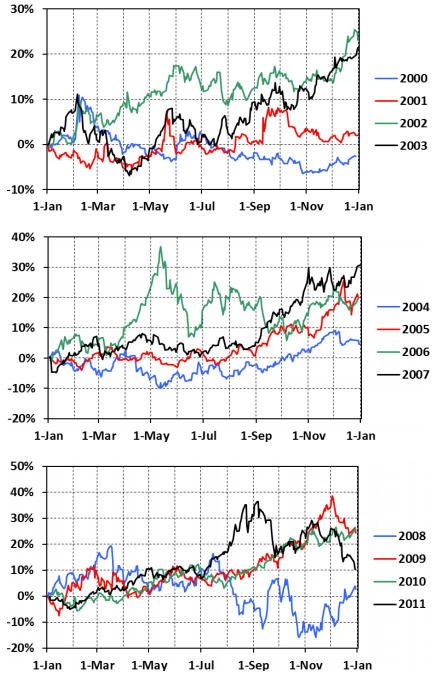
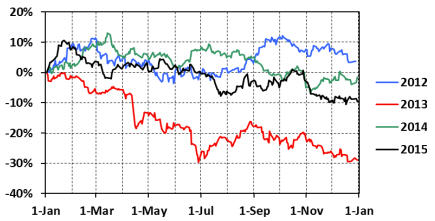
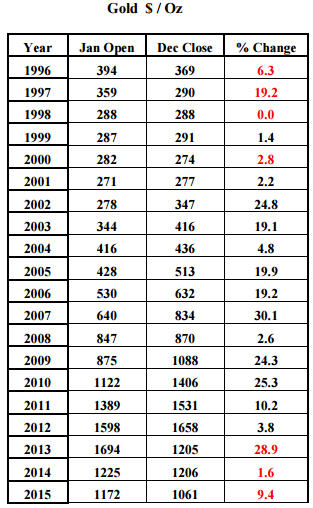

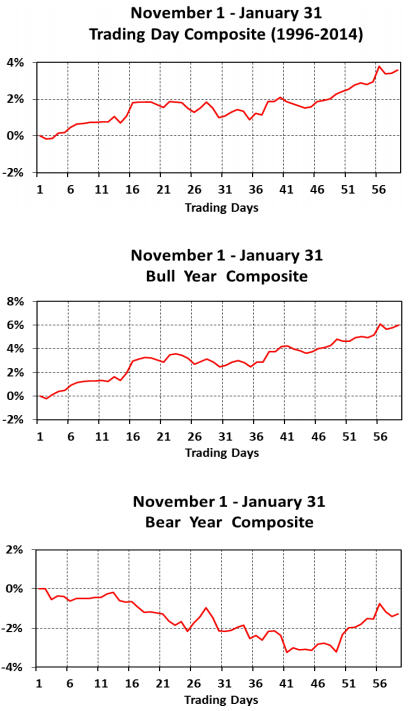
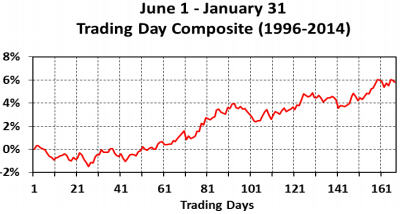



Comments